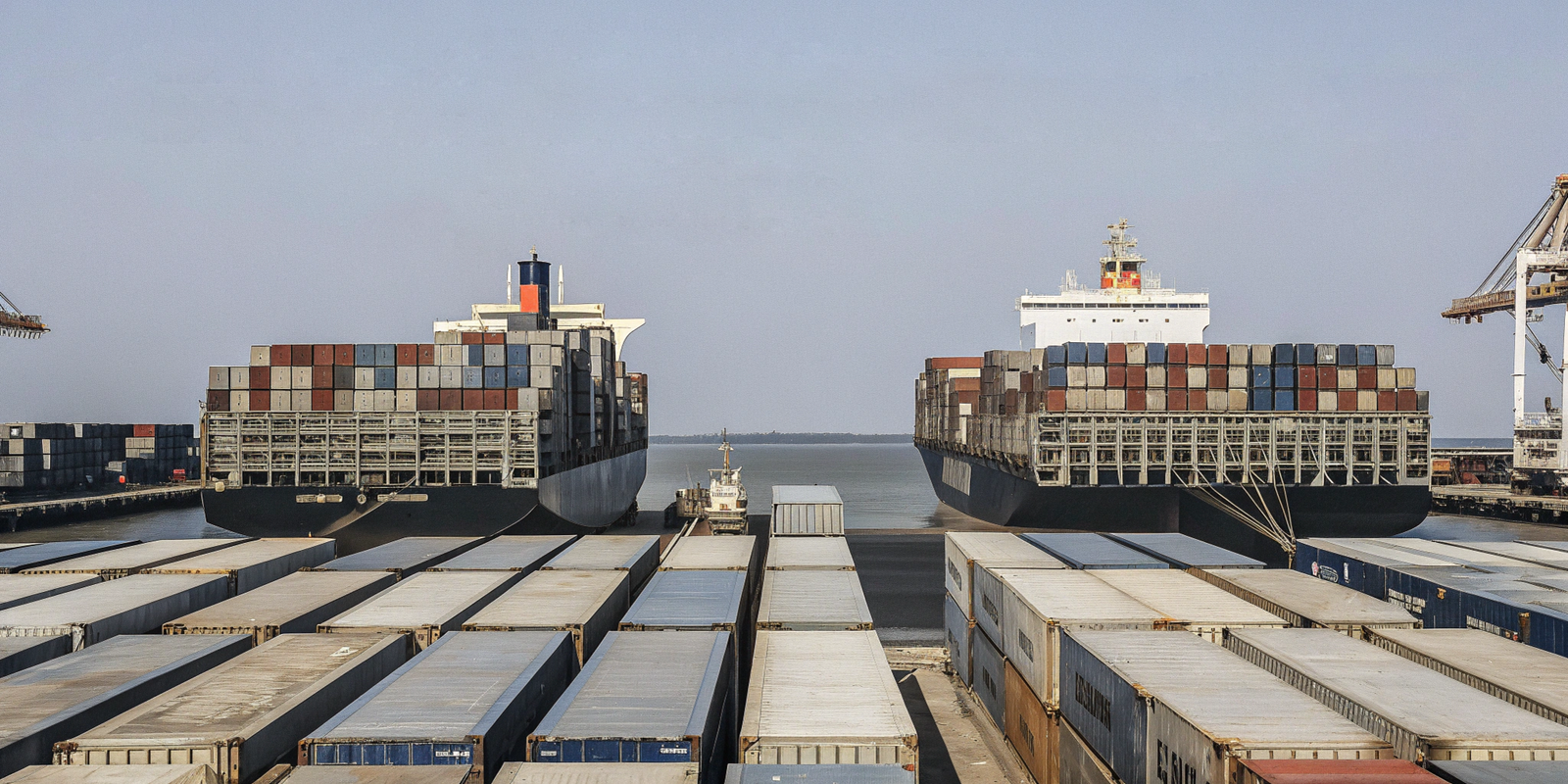Are you stressed about finding a reliable shoe supplier? Many businesses struggle with sourcing. A good supplier fixes these worries.
A reliable shoe supplier offers consistent quality, timely delivery, and ethical practices. Look for factories with certifications like BSCI and SEDEX, proven experience, and a commitment to sustainable production to ensure a smooth supply chain.
 Finding the right shoe supplier is key for your business. It impacts your product quality, delivery times, and overall brand reputation. Let's look at some common questions about shoe manufacturing and how to pick the best partner.
Finding the right shoe supplier is key for your business. It impacts your product quality, delivery times, and overall brand reputation. Let's look at some common questions about shoe manufacturing and how to pick the best partner.
Which country is best for shoes? Are you confused about where to source shoes? Many think one country is always superior. The "best" country depends on your specific needs.
No single country is "best" for all shoes. Different countries offer unique advantages in terms of cost, quality, labor, and specialized production. Your choice depends on your budget, quality demands, and target market. When I started in the shoe business in 1998, I quickly learned that "best" is relative. What works for a luxury brand might not work for a mass-market retailer. It is about understanding the strengths of different regions.
Factors Defining "Best"
The best country varies by what you need. Consider these points:
- Cost of Labor: This affects your final product price. Some countries have lower labor costs.
- Quality of Craftsmanship: For high-end shoes, skilled artisans are important. Other countries focus on mass production.
- Production Capacity: Can the country make enough shoes for your orders? Some factories are very large.
- Material Availability: Do they have access to the right leathers, fabrics, or components? This impacts consistency.
- Logistics and Shipping: How easy is it to ship from there? Consider customs and transport costs.
| Country/Region | Strengths | Weaknesses | Ideal For |
|---|---|---|---|
| Italy | High-end fashion, luxury leather, skilled labor | Very high cost, lower volume capacity | Designer brands, premium leather goods |
| Portugal | Good quality, ethical production, mid-range cost | Higher cost than Asia, limited very large runs | Mid-to-high end, comfort shoes, smaller collections |
| China | Mass production, diverse capabilities, competitive pricing | Labor costs rising, sometimes quality control needs strict oversight | Volume production, athletic shoes, varied styles |
| Vietnam | Growing capacity, athletic shoes, some ethical focus | Infrastructure can be limited outside main hubs | Athletic footwear, some casual and dress shoes |
Are most shoes made in China? Do you wonder if China still dominates shoe manufacturing? Many people assume it does. China's role has shifted but remains significant.
Yes, China produces a large percentage of the world's shoes, although its share has slightly decreased as other countries like Vietnam and Indonesia increase production. China offers a vast supply chain, diverse manufacturing capabilities, and competitive pricing for various footwear types.
 From my experience operating in Shaoxing for over two decades, I've seen China's role evolve. While rising labor costs have pushed some production to other Asian countries, China's infrastructure, material supply chains, and established factories make it a powerhouse.
From my experience operating in Shaoxing for over two decades, I've seen China's role evolve. While rising labor costs have pushed some production to other Asian countries, China's infrastructure, material supply chains, and established factories make it a powerhouse.
Why China Ranks High
China's manufacturing ecosystem is hard to beat. I have found many advantages here.
- Complete Supply Chain: China has everything you need. This includes raw materials, components, and machinery. This makes production efficient.
- Skilled Workforce: Many workers have long experience in shoe making. They can handle complex designs.
- Advanced Technology: Factories use modern machines. This helps make shoes faster and with better quality.
- Production Scale: China can produce huge amounts of shoes quickly. This is good for big brands.
- Diverse Product Range: From sneakers to heels, China makes all kinds of shoes. They adapt to different styles.
| Factor | China's Position (Relative) | Implication for Buyers |
|---|---|---|
| Cost | Competitive | Offers good value, but costs are rising. |
| Quality | Variable (can be high) | Requires strict quality control and reputable factories. |
| Speed | Fast | Quick turnaround for samples and bulk orders. |
| Innovation | Growing | Increasingly capable of design and material innovation. |
| Sustainability | Improving | Many factories now have certifications like GRS and BCI. |
Where in China are most shoes made? Are you looking for shoe manufacturing centers within China? It's not just one place. Specific regions specialize in different types of footwear.
Most shoes in China are made in a few key provinces. Guangdong and Fujian are major hubs, particularly for athletic and casual footwear. Zhejiang, where my company is based, specializes in diverse styles like ballerinas, women's heels, and fashion shoes. Being in Shaoxing, Zhejiang, I have first-hand knowledge of China's shoe-making geography. It's a vast country, and different regions have developed unique strengths over time. Knowing these can help you pick the right factory.
Key Manufacturing Hubs
Each region has its own focus and advantages. Here is a breakdown:
- Guangdong Province: This is a huge area for manufacturing. Dongguan and Guangzhou are important cities here. They make many athletic shoes, casual shoes, and sneakers. Many international brands source from here.
- Fujian Province: Cities like Jinjiang in Fujian are known for sports shoes and outdoor footwear. They have strong supply chains for these specific types of shoes.
- Zhejiang Province: My home province, Zhejiang, particularly cities like Shaoxing and Wenzhou, specializes in a wide range of fashion footwear. This includes women's shoes, heels, flats, and also slippers. We focus on quality and diverse styles.
- Sichuan Province (Chengdu): Emerging as a significant hub for women's shoes, especially high-end fashion footwear, due to skilled labor and increasing infrastructure.
Understanding these regional specializations means you can better target your search. For example, if you want high-volume sneakers, Guangdong is a good start. If you need fashion-forward women's shoes, look at Zhejiang.
| Province/City | Main Focus | Example Products | Typical Brand Tier |
|---|---|---|---|
| Guangdong | Athletic, casual, large volume | Sneakers, running shoes, casual footwear | Global sports brands, large retailers |
| Fujian (Jinjiang) | Sports, outdoor, basic footwear | Trainers, hiking boots, work boots | Mid-tier athletic brands, utility footwear |
| Zhejiang (Shaoxing/Wenzhou) | Fashion, women's, diverse styles, mid-high quality | Ballerinas, heels, sandals, slippers | Fashion brands, department stores, mid-luxury |
| Sichuan (Chengdu) | Women's fashion, higher-end, specific craftsmanship | High heels, dress shoes, unique designs | Niche luxury brands, emerging designers |
Can I import shoes from China? Are you unsure about importing shoes from China? Many buyers worry about the process. It is certainly possible to do so.
Yes, you can import shoes from China. The process involves finding a reliable supplier, understanding trade regulations, managing shipping logistics, and handling customs duties. It requires careful planning and often assistance from customs brokers.
 Over the years, I've helped countless clients, from small startups to large retailers, successfully import shoes from our factory in China. The process is straightforward once you understand the steps. It's about knowing what forms to fill out and who to talk to.
Over the years, I've helped countless clients, from small startups to large retailers, successfully import shoes from our factory in China. The process is straightforward once you understand the steps. It's about knowing what forms to fill out and who to talk to.
Steps to Import Shoes from China
Importing seems complex, but it can be broken down. Here are the main things you need to do:
- Find a Supplier: This is the first and most important step. Look for factories with a good reputation. Check their certifications like BSCI or SEDEX. Ask for samples to check quality.
- Negotiate and Order: Agree on prices, payment terms, and delivery schedules. Make sure everything is clear in a contract.
- Manage Quality Control: Have inspections done during production and before shipping. This prevents problems later. We welcome third-party inspections.
- Understand Trade Regulations: Know the import duties and taxes for your country. Research tariffs on footwear from China. This changes sometimes.
- Arrange Shipping: Decide on sea freight or air freight. Sea freight is cheaper for large orders but takes longer. Air freight is faster but more expensive. Work with a freight forwarder.
- Customs Clearance: Your freight forwarder or a customs broker will help with paperwork. They make sure your shoes clear customs. You pay duties and taxes here.
- Receive Goods: Once cleared, the shoes are delivered to your warehouse. Check them immediately.
Working with experienced suppliers like us makes this much smoother. We can guide you through the process, helping with paperwork and logistics. We have done this many times.
Conclusion Choosing a shoe supplier means looking at country strengths, China's role, and regional specializations. Importing from China is manageable with the right steps and a good partner.
